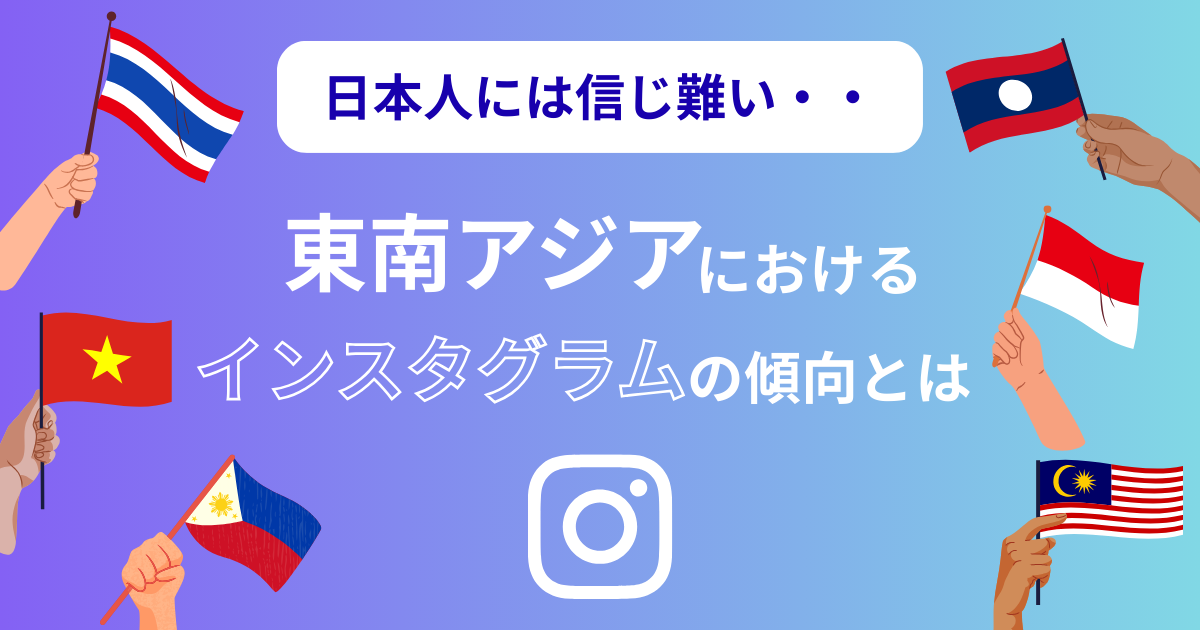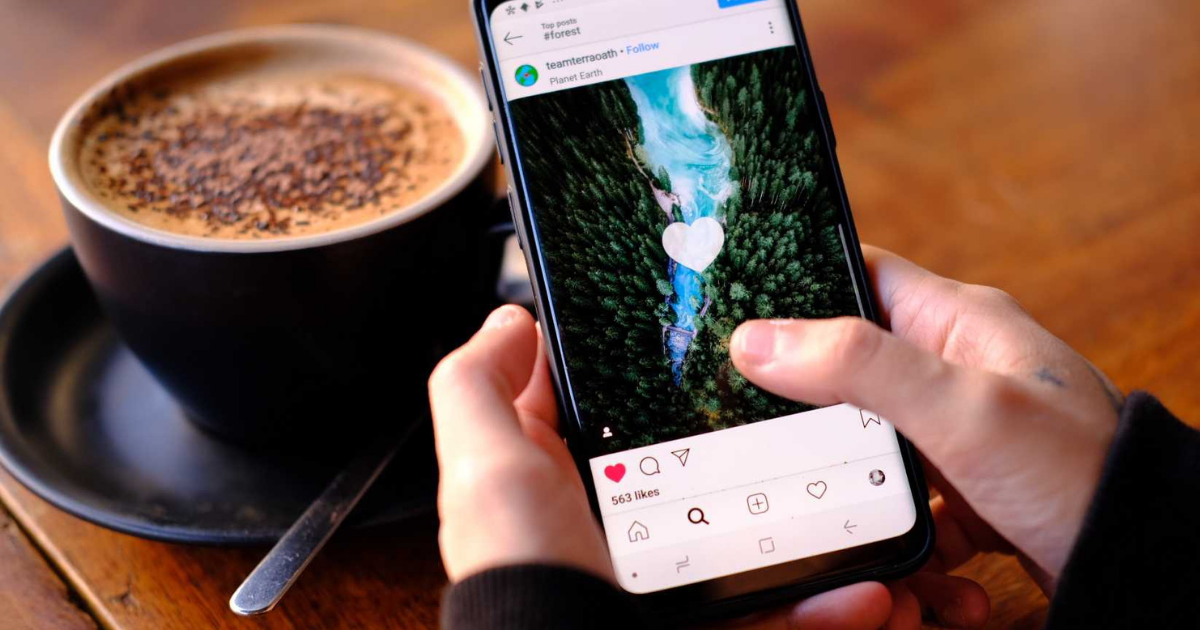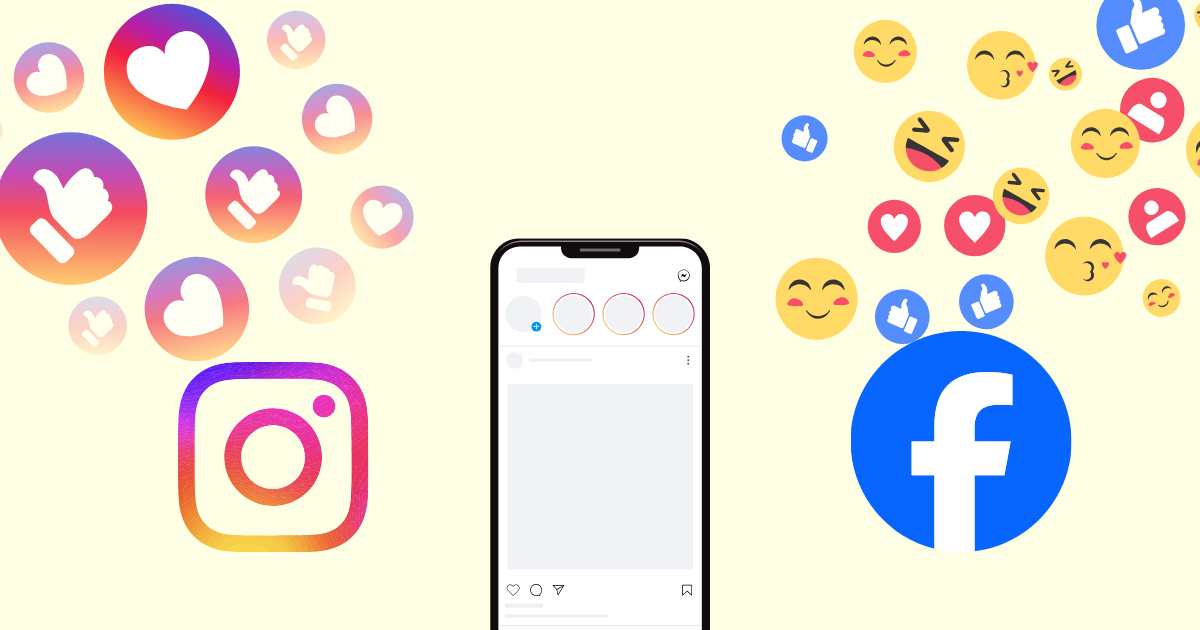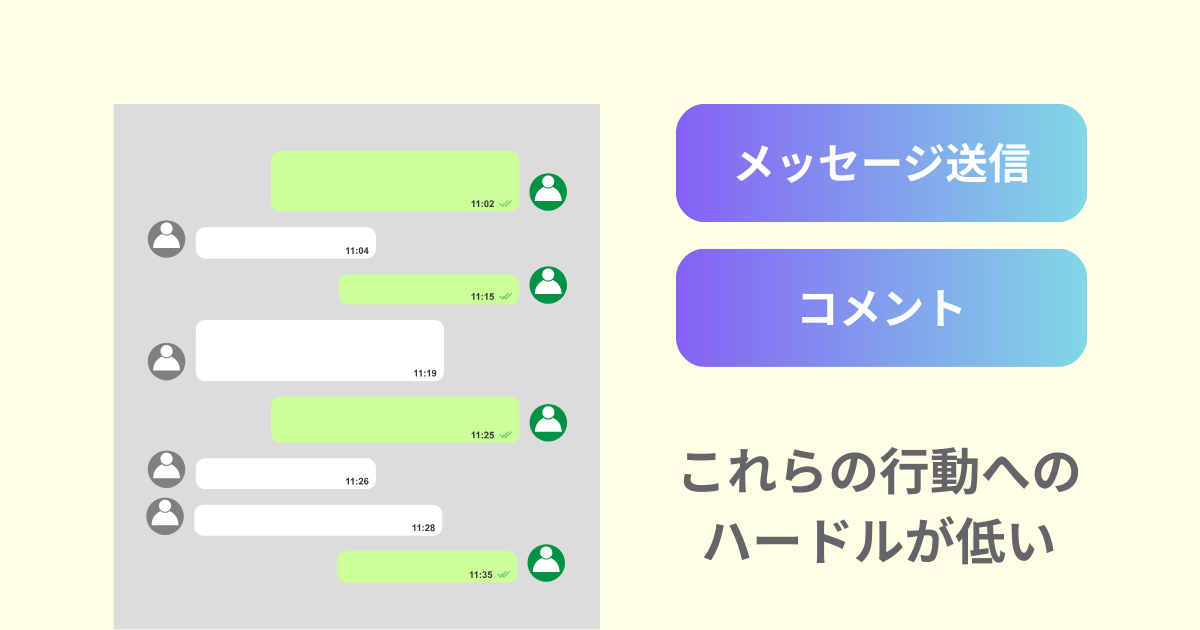With deep expertise in the Japanese market and global trends, we empower brands to expand internationally. Bridging cultures, languages, and markets through strategic digital marketing, cross-cultural communication, and authentic brand storytelling.


sns-column
Before you start using Instagram in Southeast Asia!

Before you start using Instagram in Southeast Asia! What are the Instagram trends in Southeast Asia that are hard for Japanese people to believe?
In this article, a marketer who has been living in Indonesia, a Southeast Asian country, for seven years will introduce what you need to know when using Instagram in Southeast Asia and what you will miss out on if you don't know, based on his experience in digital marketing in Japan and Southeast Asia.
First of All, Instagram

Instagram was launched in the United States in October 2010, and has since spread to Japan. Initially, it was an app that allowed users to apply filters to photos and share them, and its innovative use of fashionable square shapes attracted a lot of attention.
In 2012, Facebook (now Meta) acquired it for approximately $1 billion, which accelerated its global popularity and made it a part of everyday life for young people.
They are also used for corporate PR and are an effective form of branding, leading to an increase in the number of "corporate accounts."
Recently, as payments are now made to accounts when certain conditions are met, the idea that "you can make money on social media" has spread, and the number of "operating accounts" ("imp earning accounts"), which are accounts that aim to make their accounts more popular in order to make money, has increased.
However, smart users are sensitive to "troll accounts" and "AI accounts," and Meta has strengthened its checks on mass-produced content, so careful creative work is important when companies and influencers manage their social media.
As with Japan, the popularity of smartphones in Southeast Asia has increased, with the number of users increasing from around 2013 to 2015.
Instagram Usage in Southeast Asia Differs from Japan
What are the differences between Instagram usage in Japan and Southeast Asia? We'll explain in detail.
Facebook and Instagram Are More Actively Integrated Than in Japan

In Southeast Asia, casual posts are made freely on Facebook, and young users are also actively using it.
Recently, it has become possible to monetize Facebook posts, so influencers and others are using Facebook as a way to expand beyond Instagram and TikTok.
It is said that Facebook users in Japan are aging, but in Southeast Asia there is no feeling that "young people don't use it," and it is used by people of all ages and genders.
As a result, it is common for Instagram and Facebook to be operated almost as one, especially in countries like Indonesia, the Philippines, and Thailand.
When posting to Instagram, it is common to check the box to post to Facebook at the same time.
And the same goes for business accounts, where you can get a certain number of inquiries from Facebook.
The reason is that there is a culture of "shopping and booking services on Facebook."
While it may not be very common in Japan, in Southeast Asia, the sale of second-hand goods and business promotion using Facebook's marketplace is active, and second-hand goods sales and businesses are also active using Facebook groups (groups for buying and selling second-hand goods, groups related to specific hobbies, etc.).
In addition to miscellaneous goods, furniture, and electronic devices, you can also rent or buy houses and cars, and search for housekeepers.
Southeast Asian users have a culture of making inquiries and shopping on Facebook, so the fact that Instagram and Facebook are now integrated is having a positive impact on companies, as they can get a response from Facebook posts on their business accounts.
The Importance of Popular "Sound Sources"
In Southeast Asia, using trendy background music and sound sources is the key to spreading your message.
Users are aware that "using popular audio is more likely to create buzz" and "they want to use popular audio," so they are checking out "what kind of posts are being made using popular audio," just as they would check the discovery tab.
As the audio sources are checked, the top-ranking content is checked and good content is saved as an example.
- Have your followers see it on their timeline
- Have them see it when it's recommended in the Discover tab
- Get people to see your content by showing up in searches (including word searches and hashtags)
Normally, in order to get your posts seen, you would have the opportunity to do one of the following, but in Southeast Asia, there are also the following additional trends:
- When checking what other people are posting on popular music sources, you can see
In addition, audio sources move seamlessly with TikTok culture, and the idea of "starting with audio and then creating a video" is stronger than in Japan.
The Passion for Comment Culture Is Higher in Southeast Asia Than in Japan
Instagram in Japan tends to be "like-focused with few comments," but in Southeast Asia the comment sections tend to be lively.
Compared to other countries, in Japan there is an atmosphere where it is difficult to freely exchange opinions without anonymity, but in Southeast Asia the act of commenting does not have much deep meaning, so comments are exchanged casually.
This trend is not just limited to Instagram, but also applies to TikTok, YouTube, and other platforms.
Rather than going to the trouble of setting up an anonymous account, people tend to exchange opinions through trending posts and local news accounts.
In Indonesia in particular, comments expressing sympathy, prayers, and reactions tend to be numerous, with engagement rates several times higher than in Japan. Comments that are not particularly meaningful or have little to no message are also common.
The background to this is that people casually exchange messages that don't have much meaning on a daily basis.

For example, in Japan, since it is a LINE group, there is a culture of refraining from sending multiple messages in rapid succession because people feel that "it might be annoying if there are more notifications than necessary."
However, even if a group chat on WhatsApp, which is used like LINE, is popular, no one thinks it's a nuisance, and since it's a culture where someone who has free time is sure to react, it can be said that the hurdle for sending a message (i.e. making a comment) is extremely low.
Major Differences from Japan
Next, we will introduce some aspects that are useful for numerical analysis. These are aspects that cannot be easily expressed in numbers and can only be understood by experiencing and understanding life in Southeast Asia.
Lack of Credibility of Demographic Insights
User attributes that can be confirmed through Insights and other tools cannot be trusted because the numbers you see on Insights often differ from the users actually behind their smartphone screens.
To give an example, when we launched an Instagram account for a women's menstrual management app in Indonesia, 60% of the users were male when the number of followers was close to 10,000. This means that these numbers are not reliable.
It would be a mistake to interpret this as "There are many male users in Indonesia who are interested in menstruation," and it can be predicted that most of the 60% of women "do not have a certain level of financial means and use their husband's smartphone to look at Instagram."
In Southeast Asian countries, while the change is remarkable in capital cities and downtown areas, people still live traditional lifestyles in many rural areas, and in some cases, smartphones are limited to "one per household" rather than "one per person."
Alternatively, there are many cases where a person inherits a smartphone that someone previously used, but the smartphone has not been properly reset, and the settings on the smartphone remain those of a man, but the woman uses it.
So in this example, female users in Indonesia would be assigned to:

- Female users who have a certain level of financial means and own their own smartphones
- Female users who do not have their own smartphones and use their husbands' smartphones (male accounts on social media)
- Female users who are unable to purchase a new smartphone and are using a smartphone they inherited (they may have either type of account on social media, but the percentage of users who are identified as male accounts is slightly higher).
In other words, if you limit your ad segmentation to women, you may miss out on some users.
Although it is extremely difficult to back up the numbers, the key to success is to carefully divide the settings according to area, such as "assuming urban areas are normal, and setting segments in a creative way for rural areas."
Active Hours on Social Media Are the Opposite of Those in Japan
The active times of Instagram users in Japan have the following characteristics:
- Weekends are the most active days of the week
- There are fewer active users during the day on weekdays, but they become a little more active during lunchtime.
- They become more active in the evenings after work on weekdays.
This is because many people are busy with work or school during the day.
In urban areas of Southeast Asia, people tend to live a similar lifestyle to Japan, so results tend to be similar to those in Japan. For example, people who work in office districts tend to show similar trends to those in Japan.
On the other hand, there are many users in Southeast Asia who behave in the exact opposite way.
- They check social media on their smartphones to kill time at work, so they are active during the day on weekdays.
- They tend to be less active in the evenings after work and on weekends because it's family time.
This may not be possible in Japan, but if you have the opportunity to travel to Southeast Asia, be sure to check out the shops and restaurants.
Especially in local shops or independent establishments, there is a high probability of seeing people killing time on their smartphones.

In other words, if you want to get a better response to your post, it is best to set the "posting time" to suit the users you are targeting.
For example, posting in the morning is more likely to be seen by people who are free during the day on weekdays, while if you want content to be seen by people who are working, it would be better to post in the evening on a weekday or on the weekend.
Our Clients for creative work




















Recruitment Information
We are looking for members who can help each other improve and create new things in a fast-paced environment.
Inquiry
If you have any questions or concerns about our services, please feel free to contact us.

